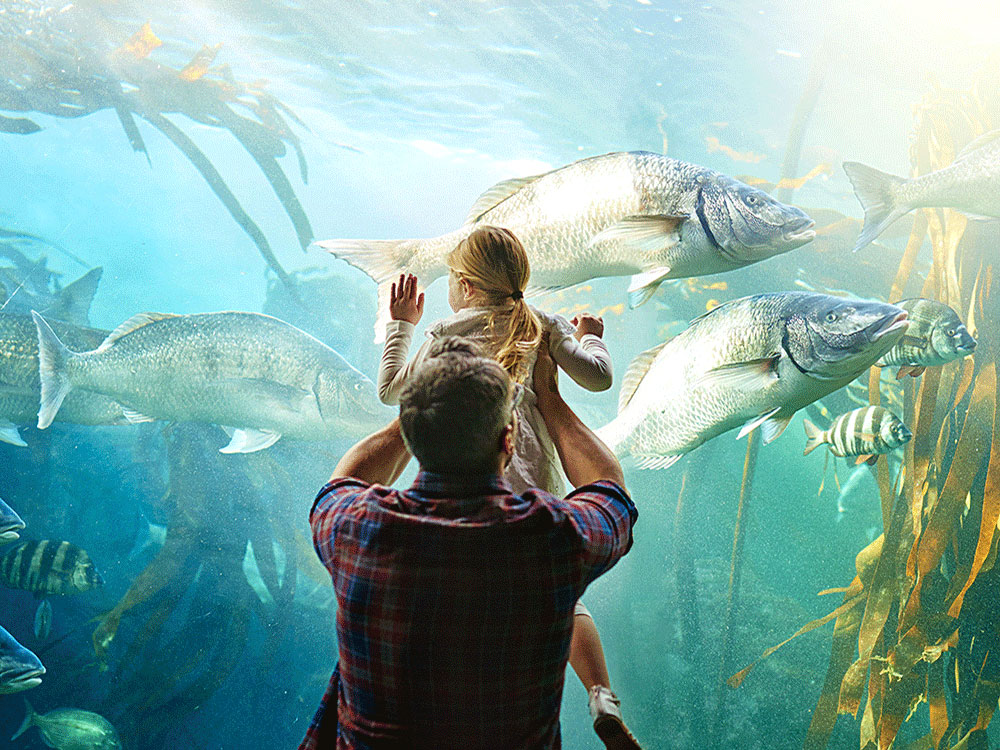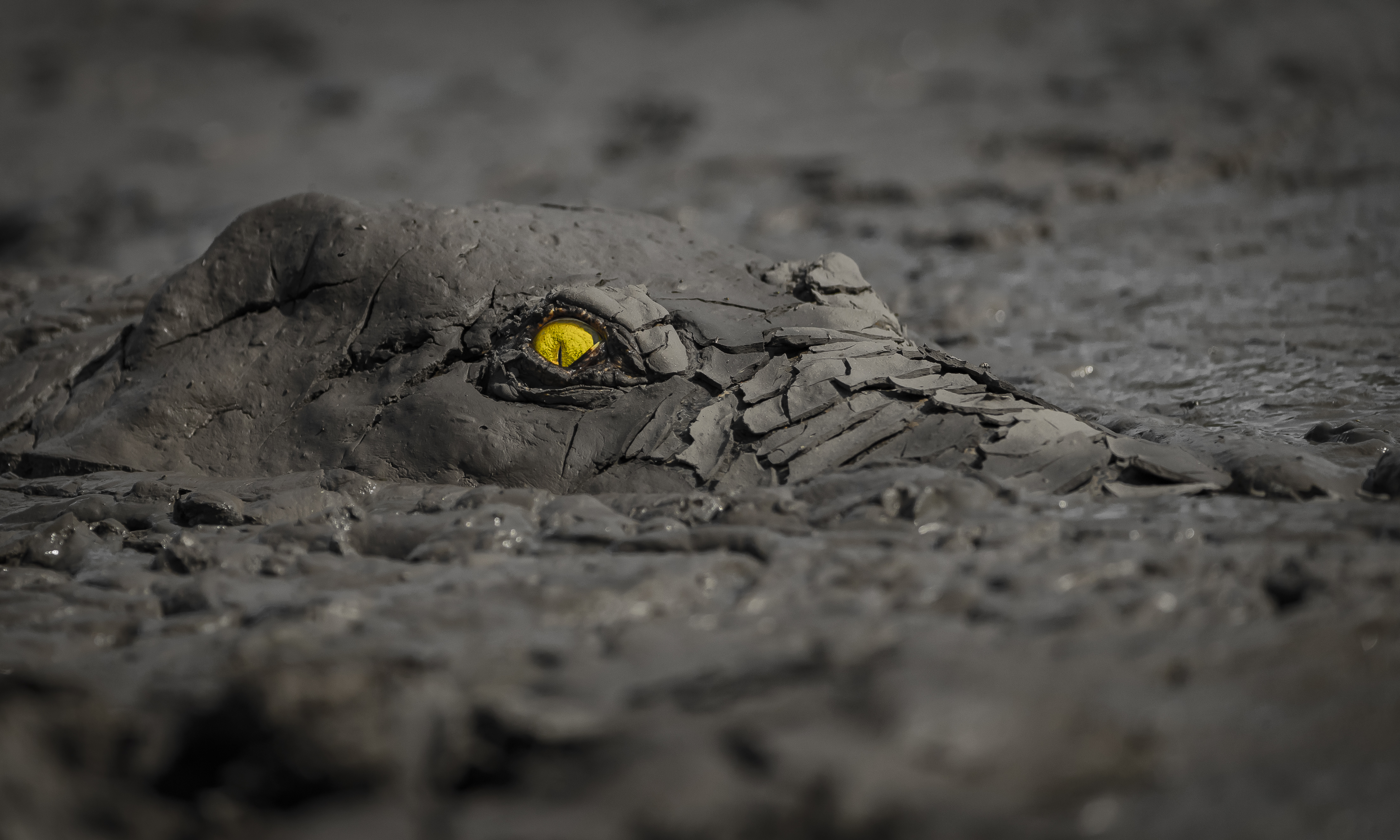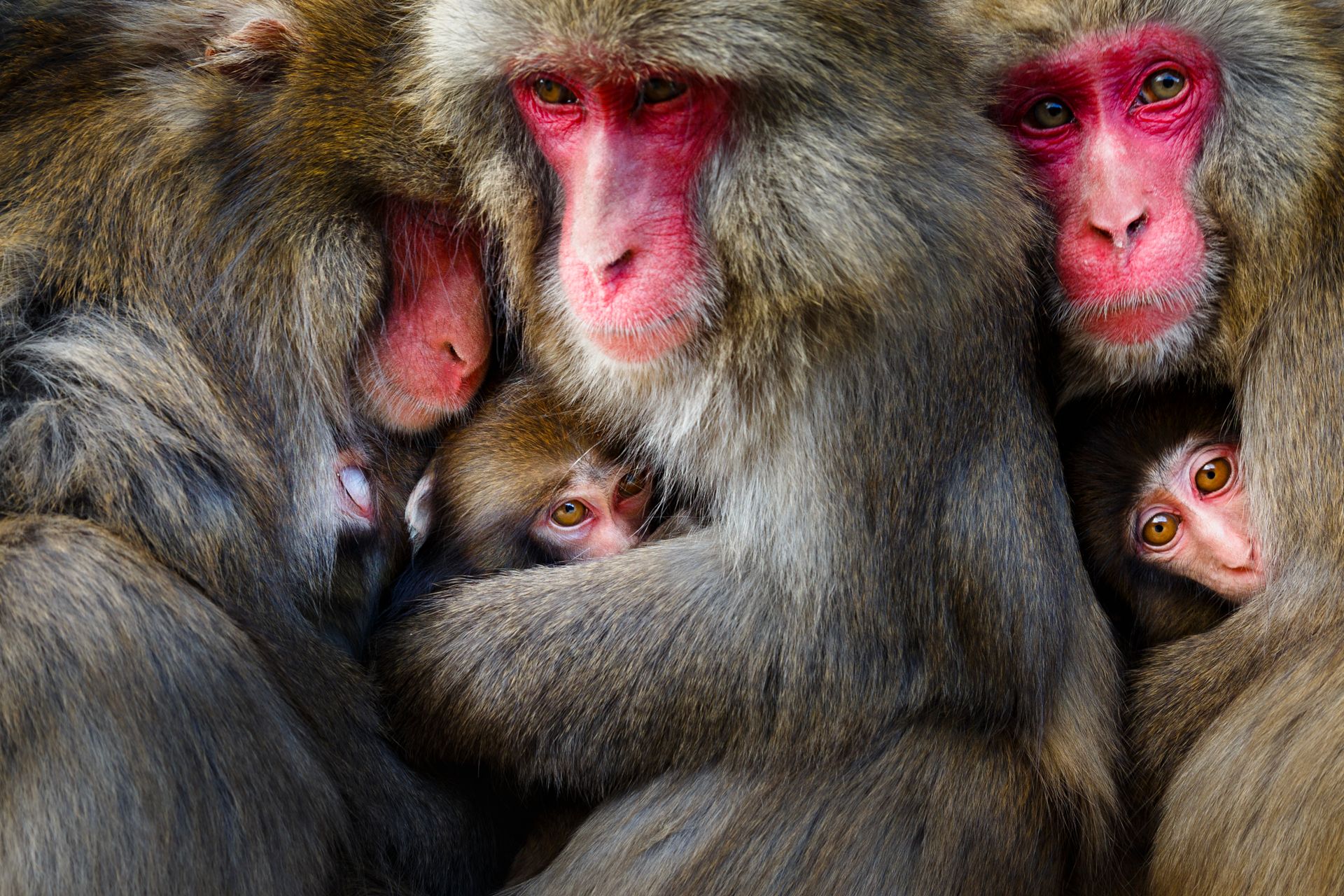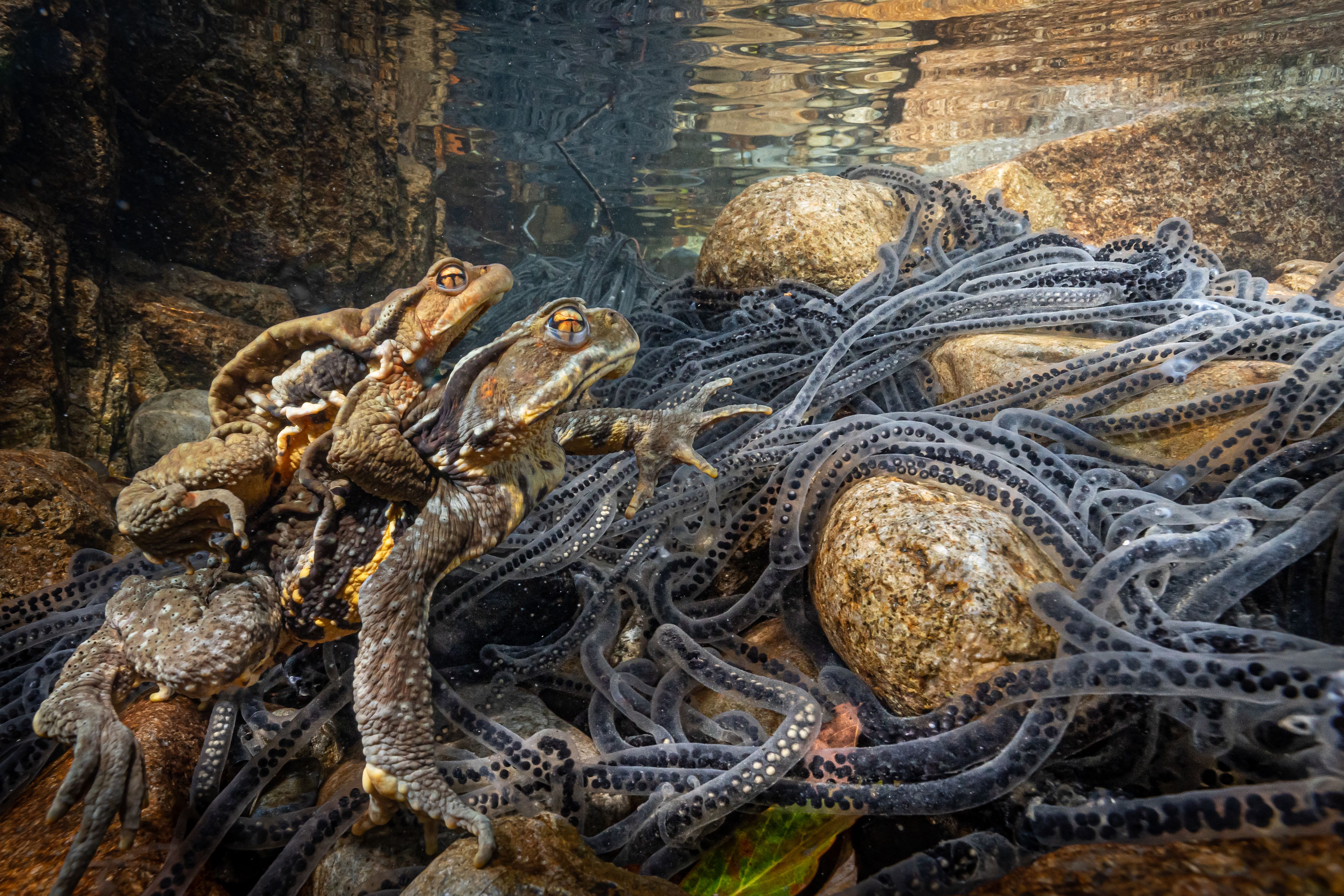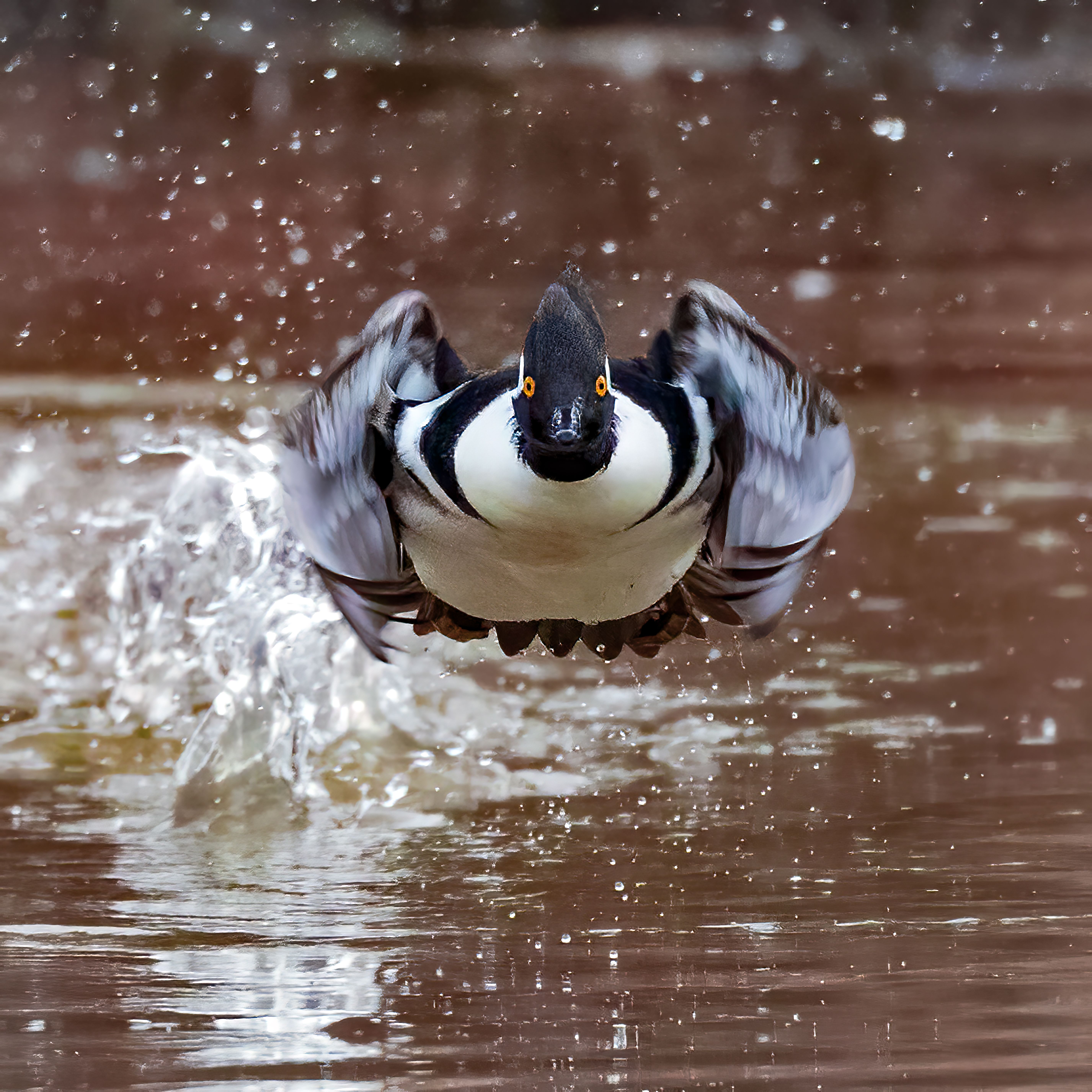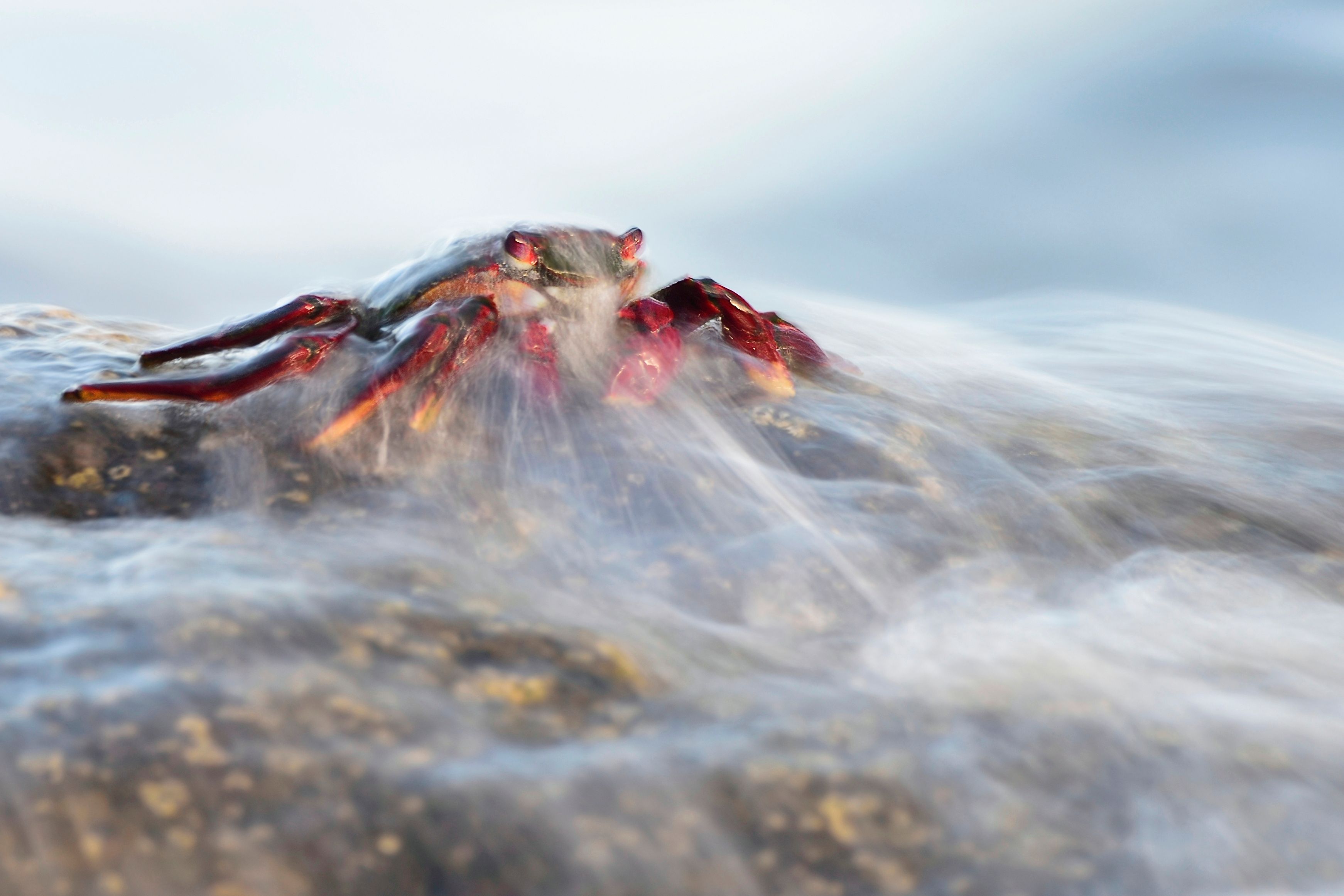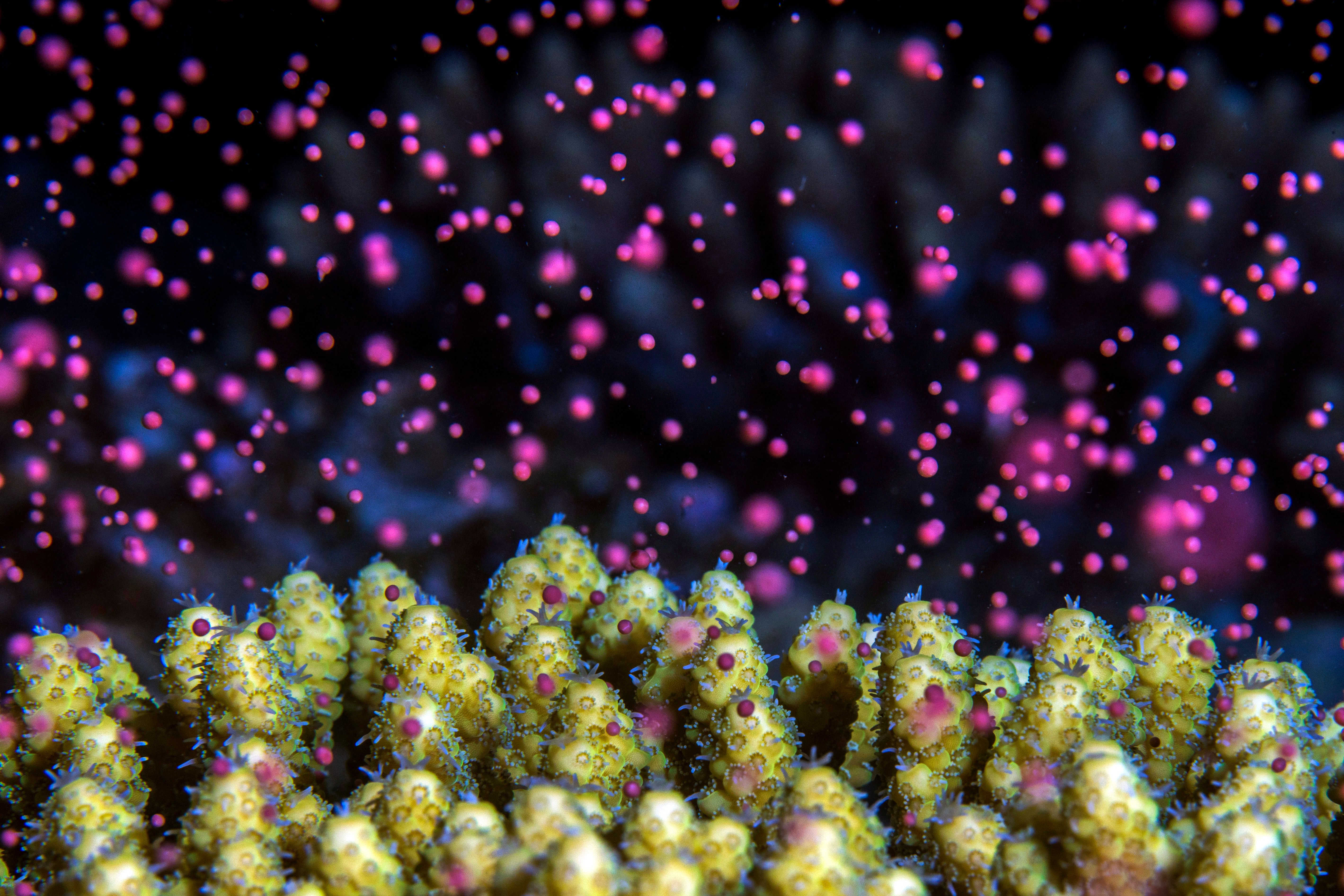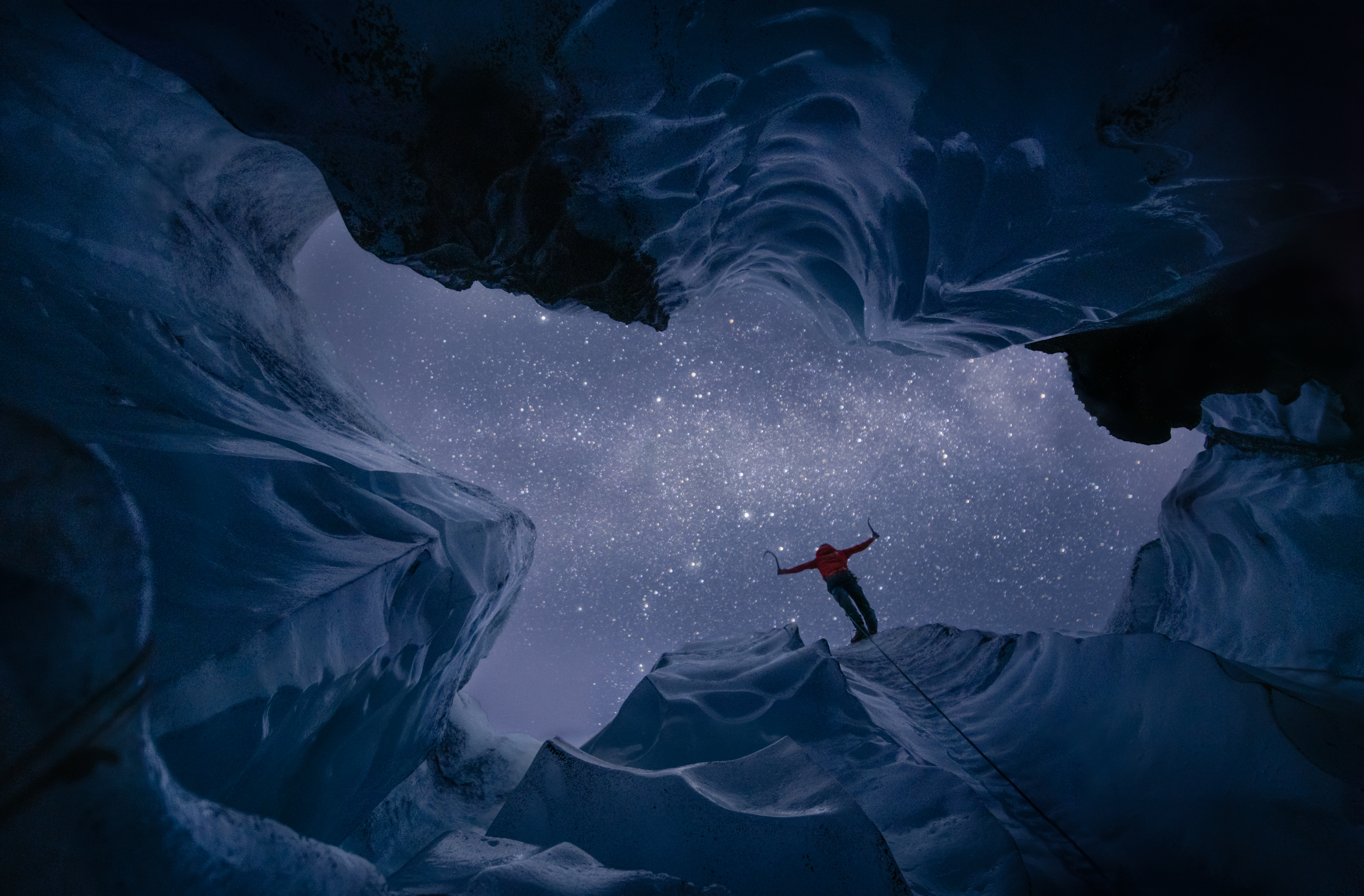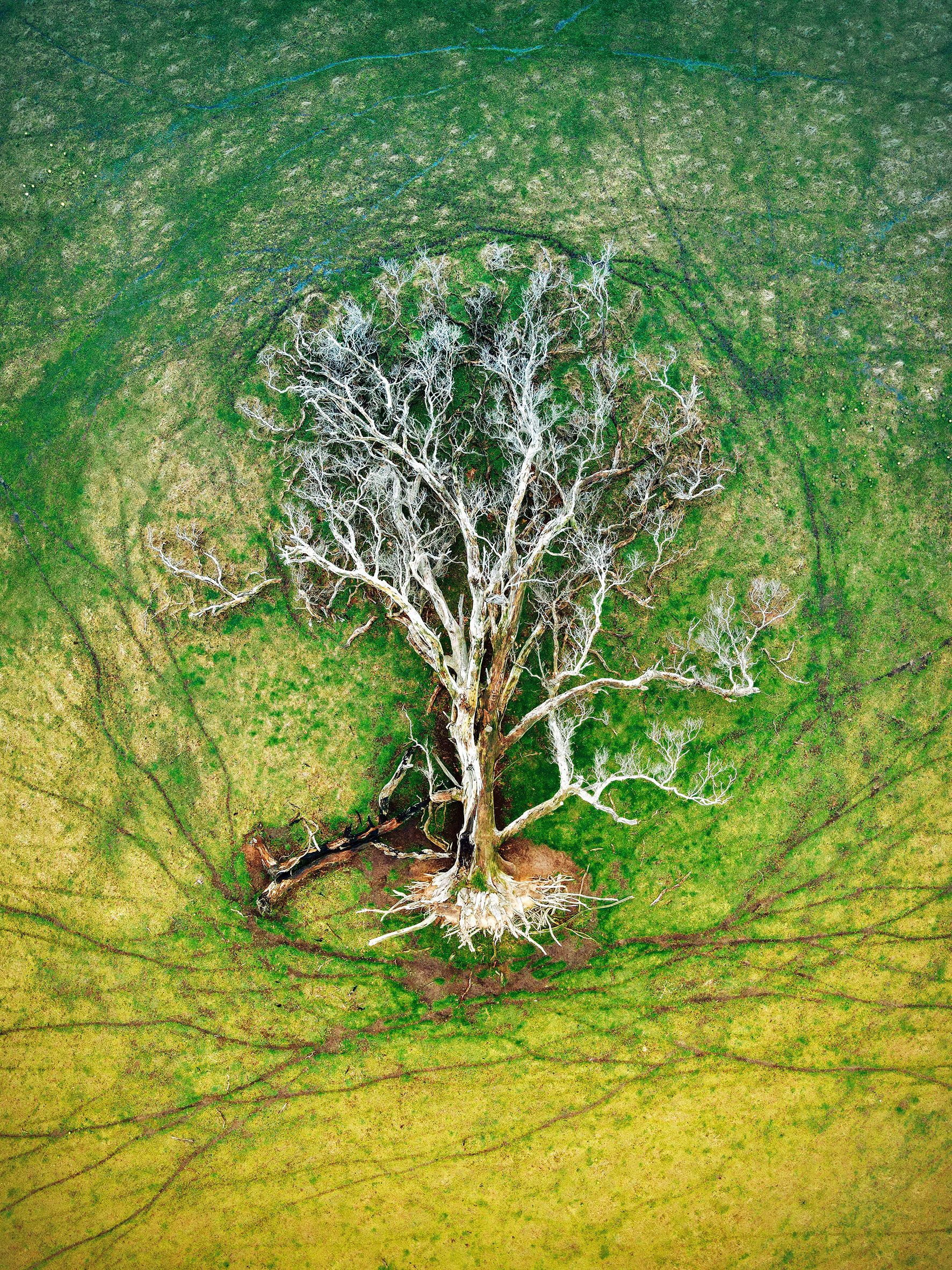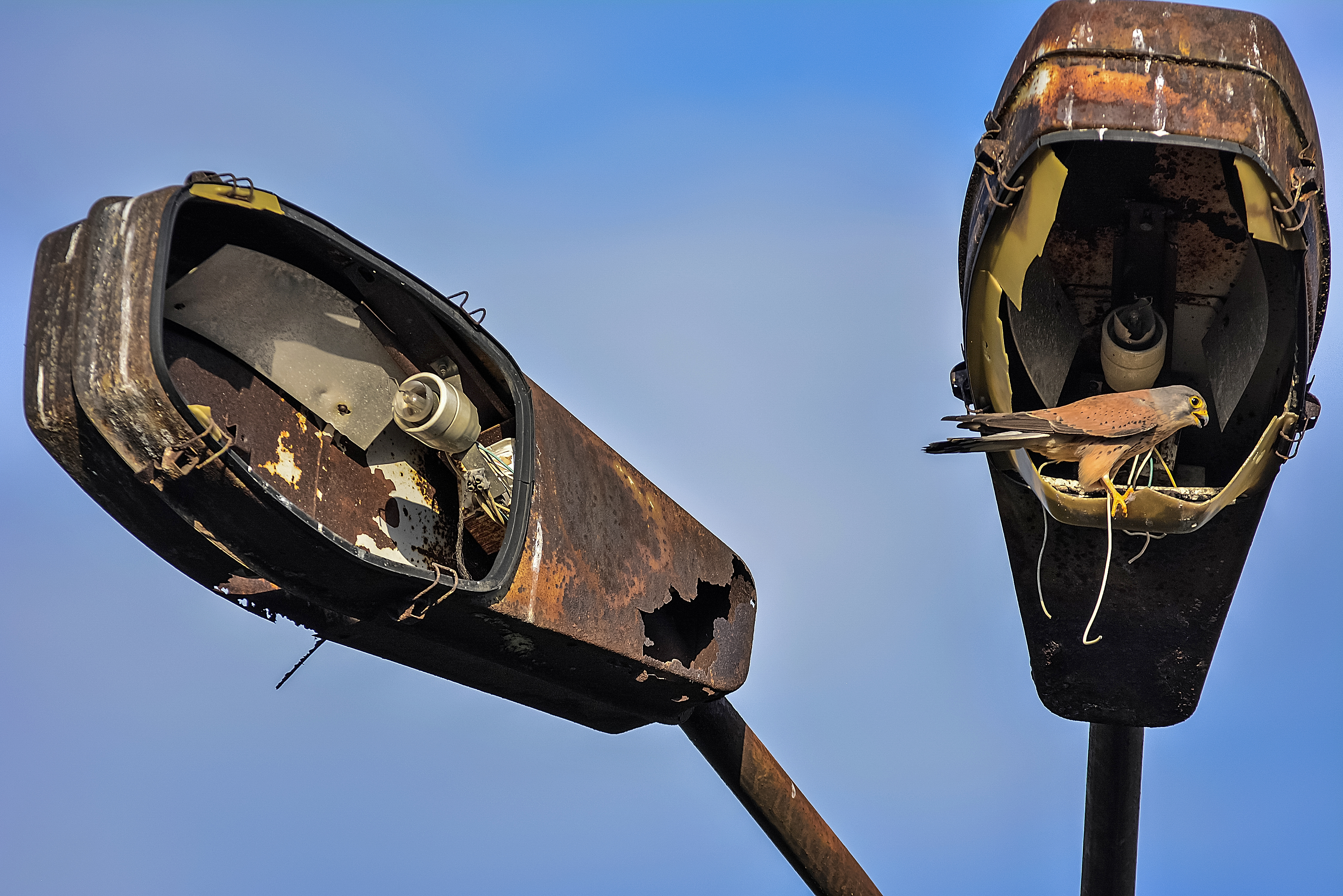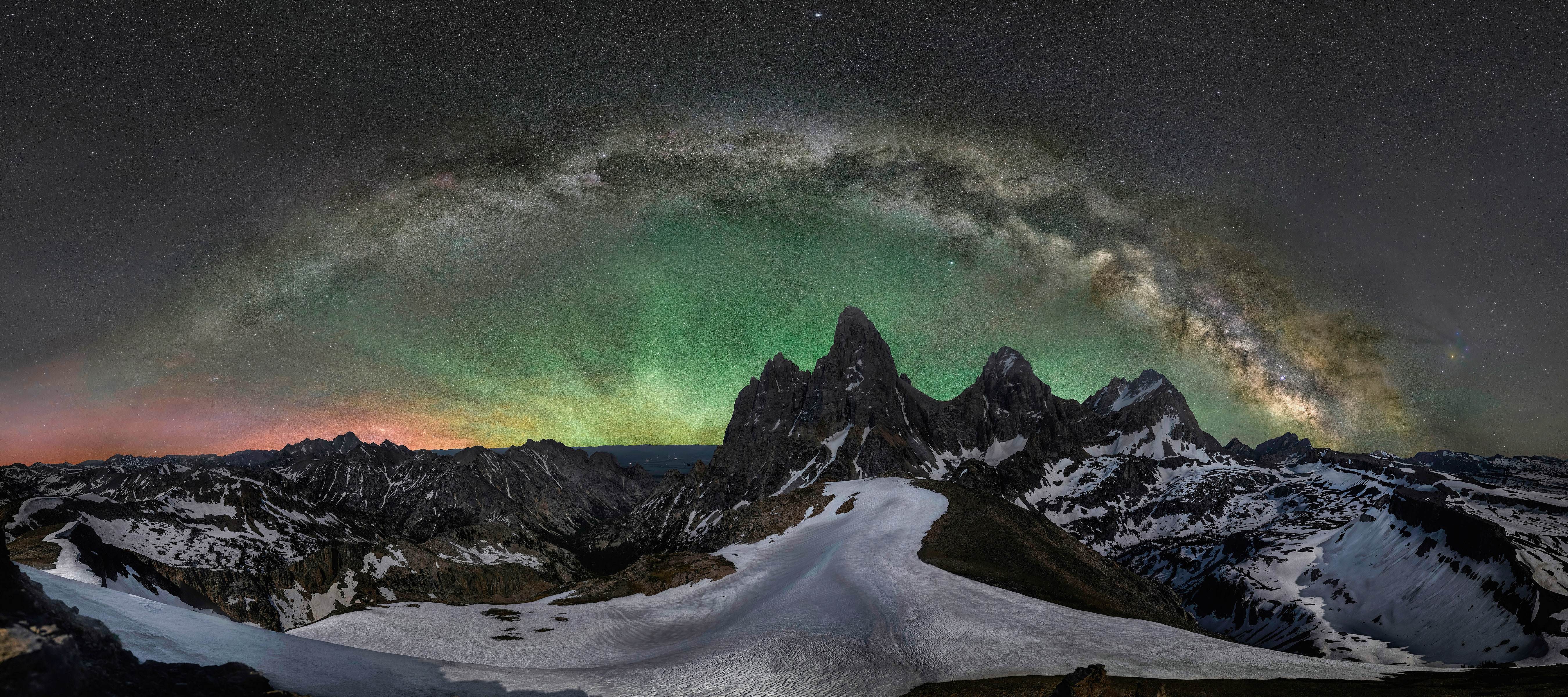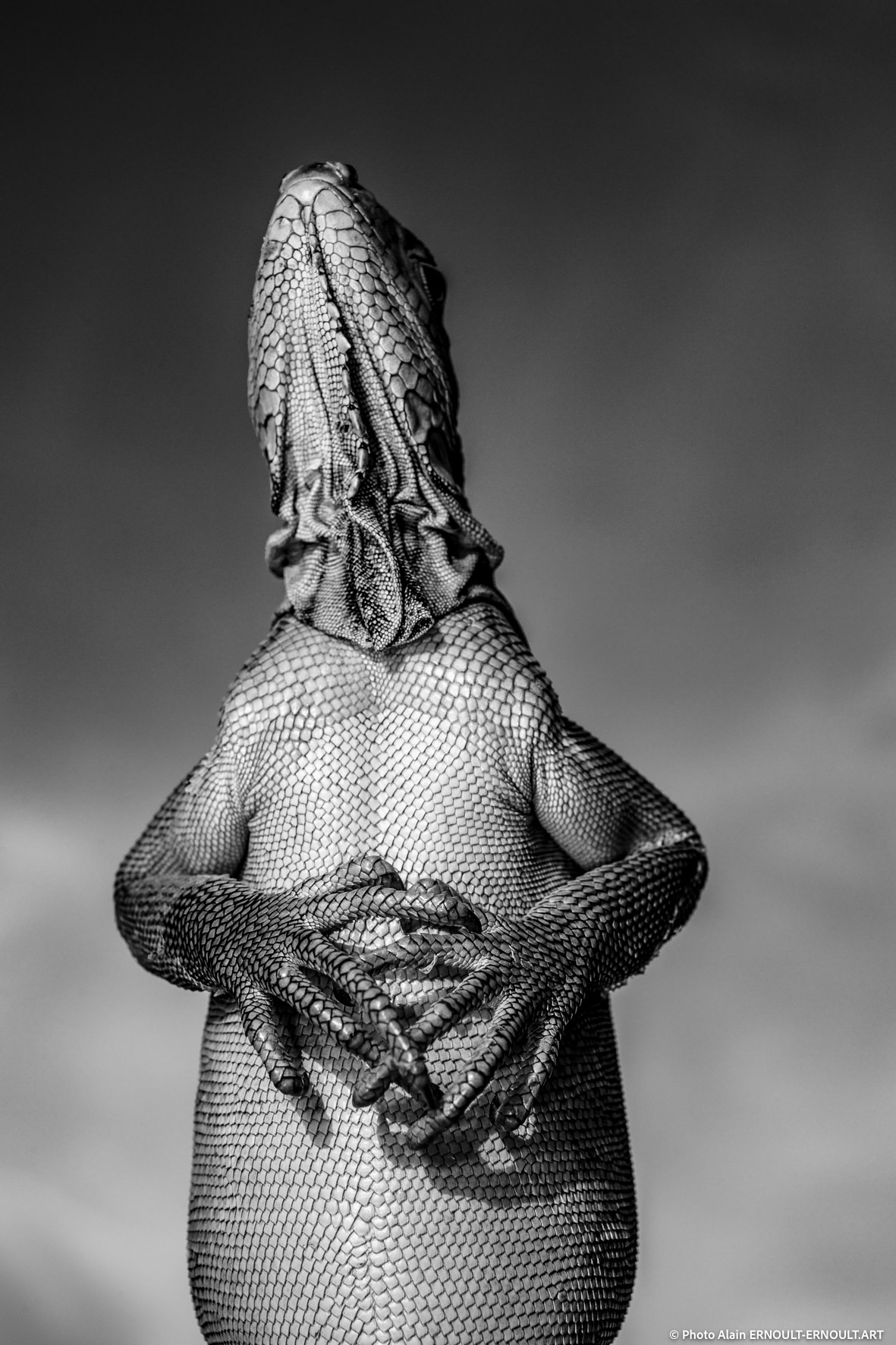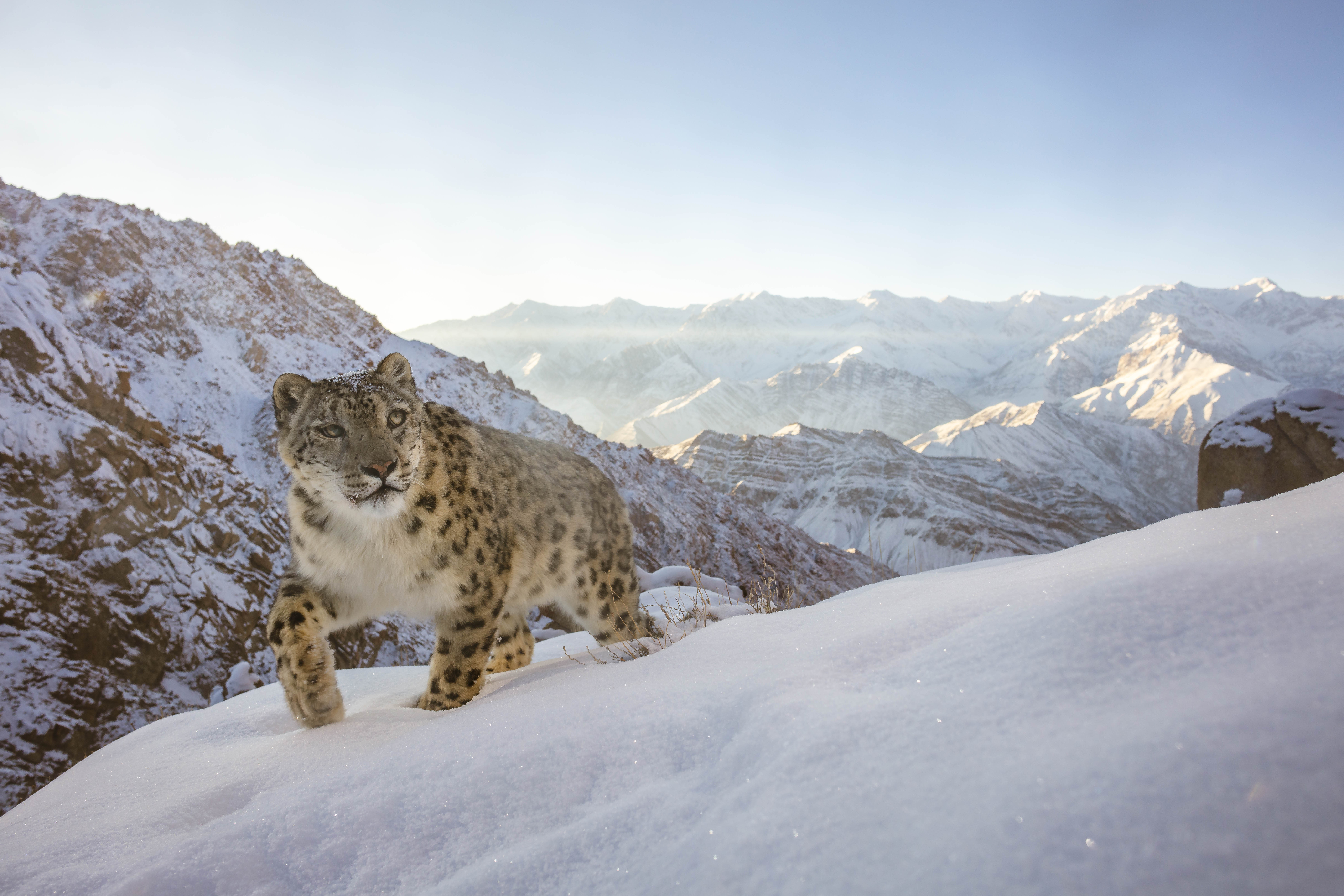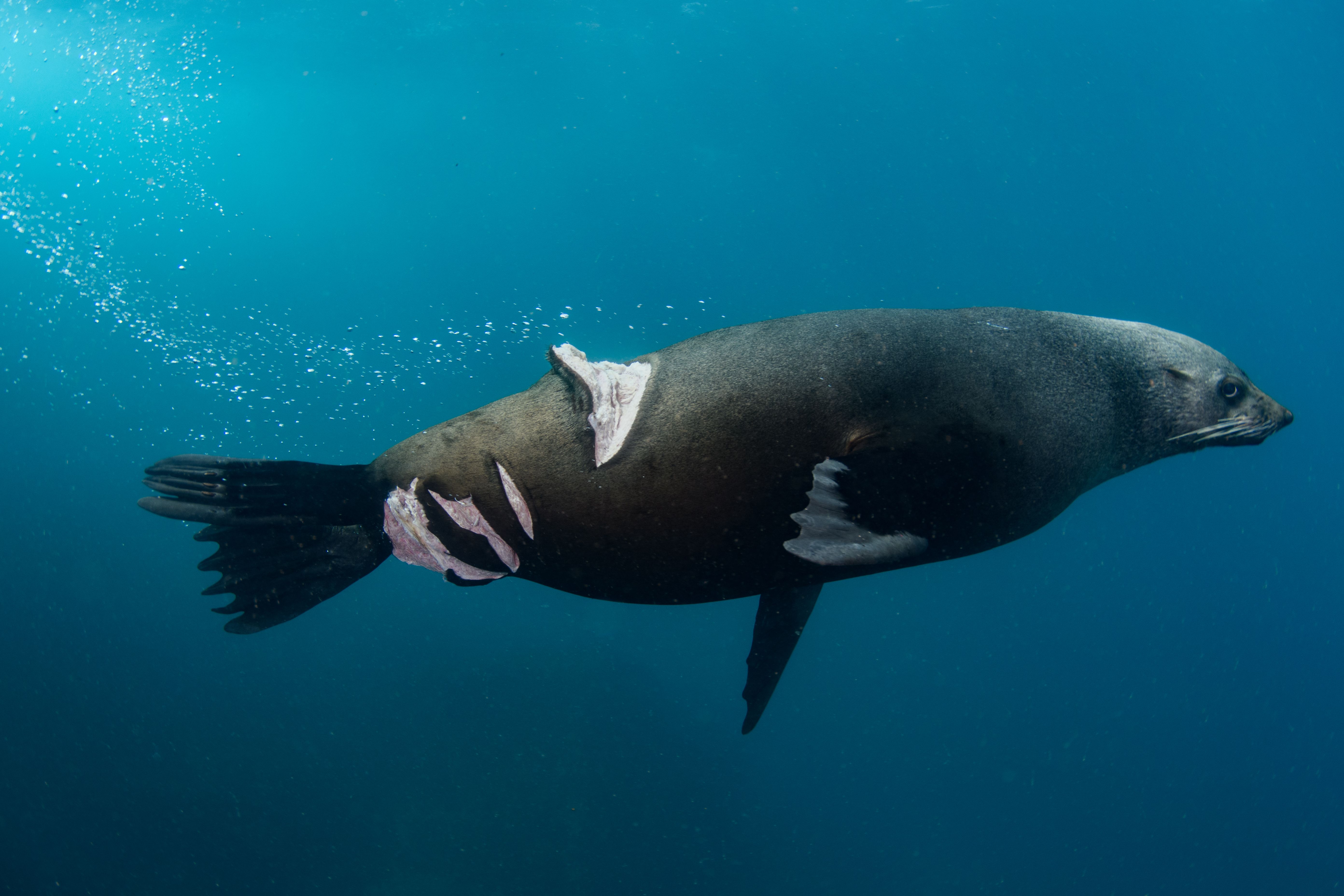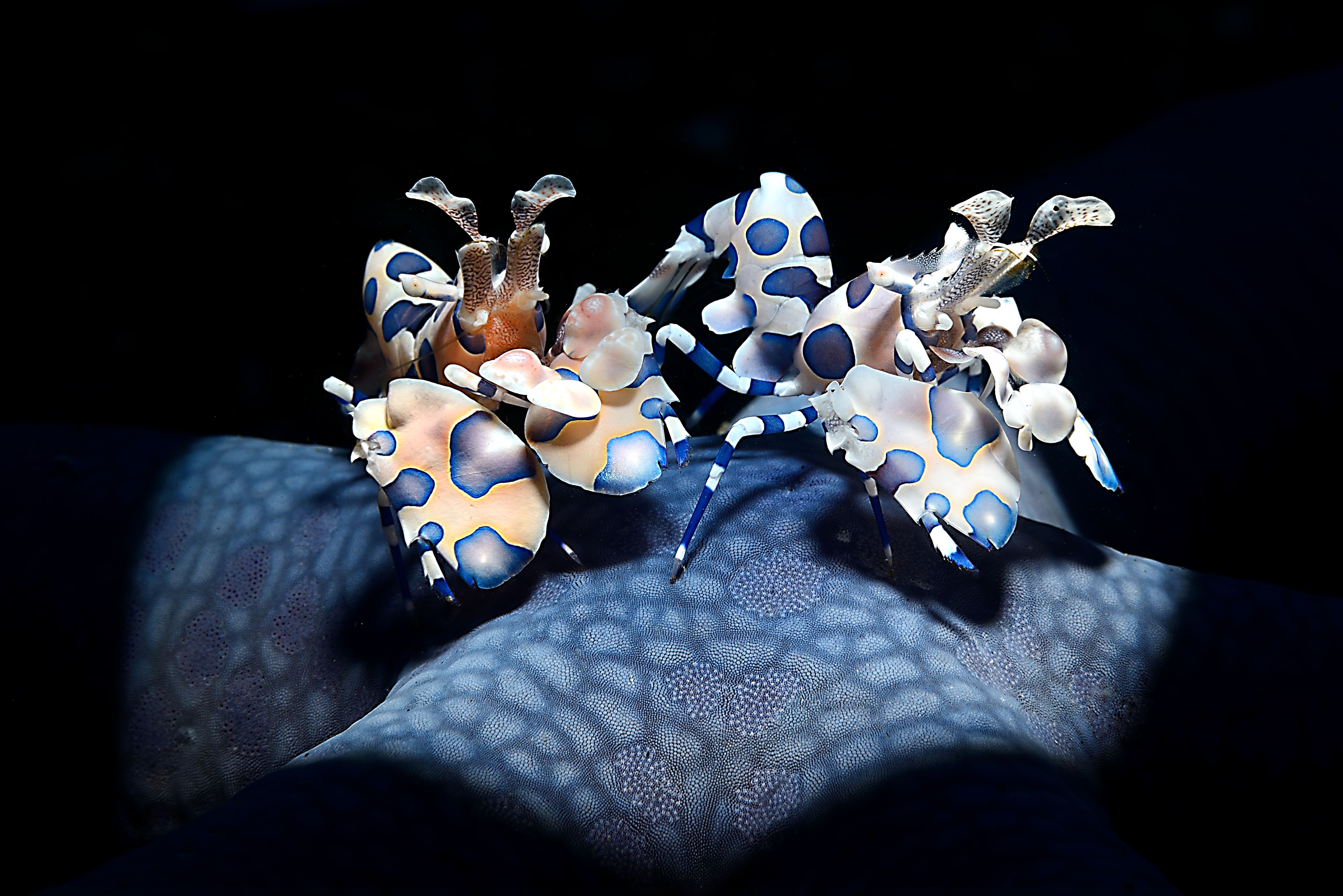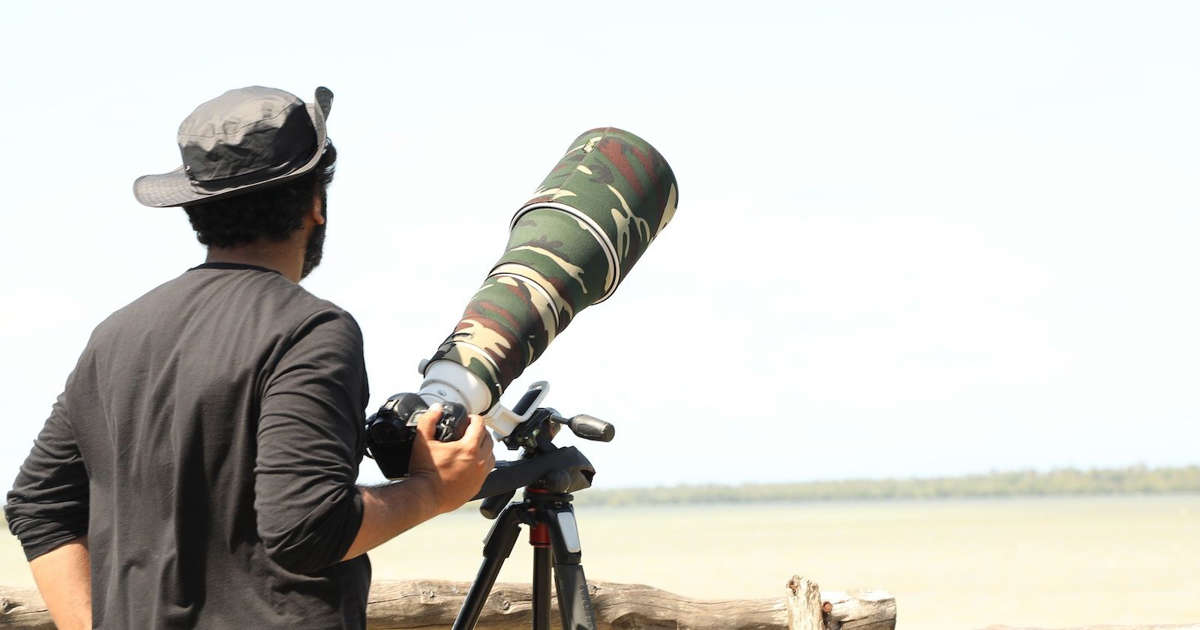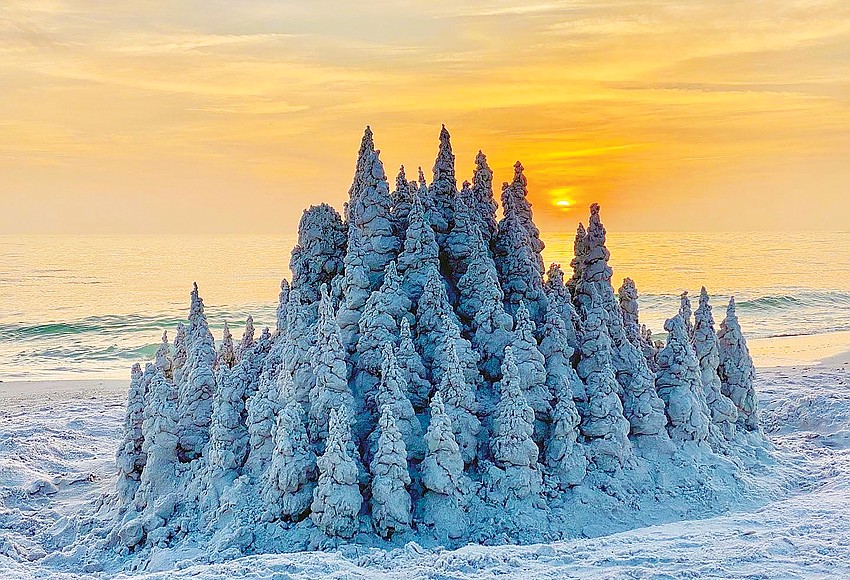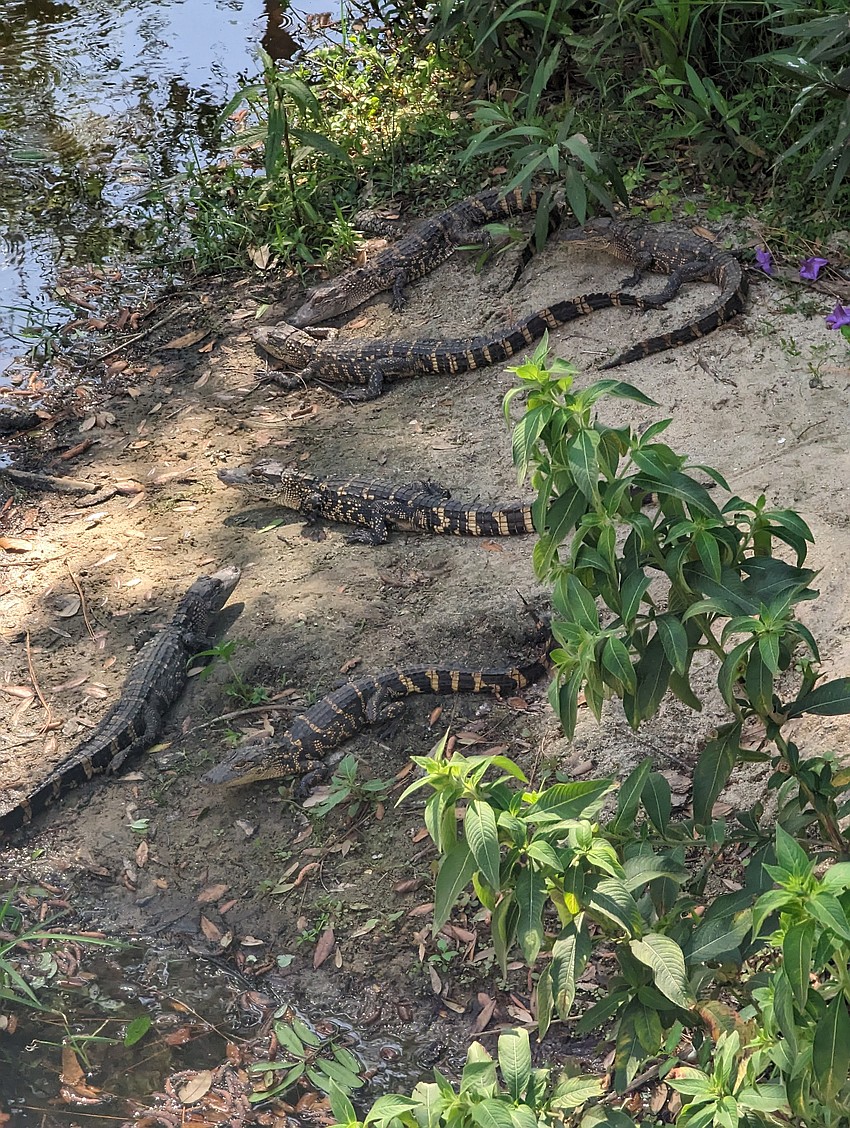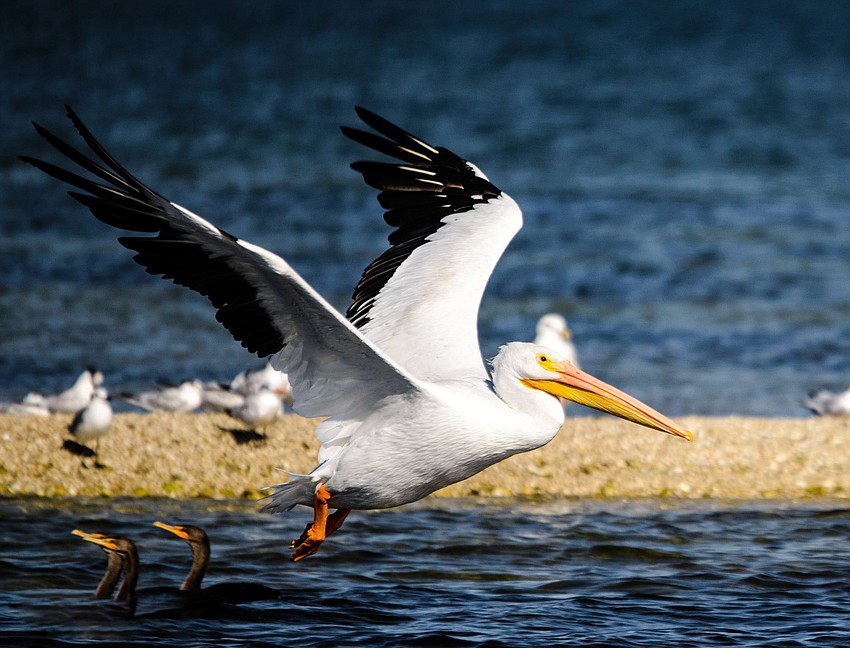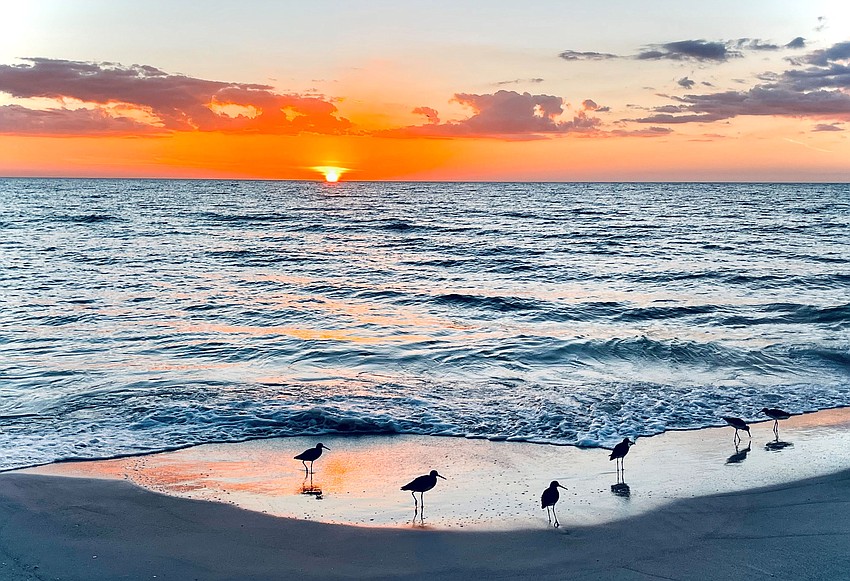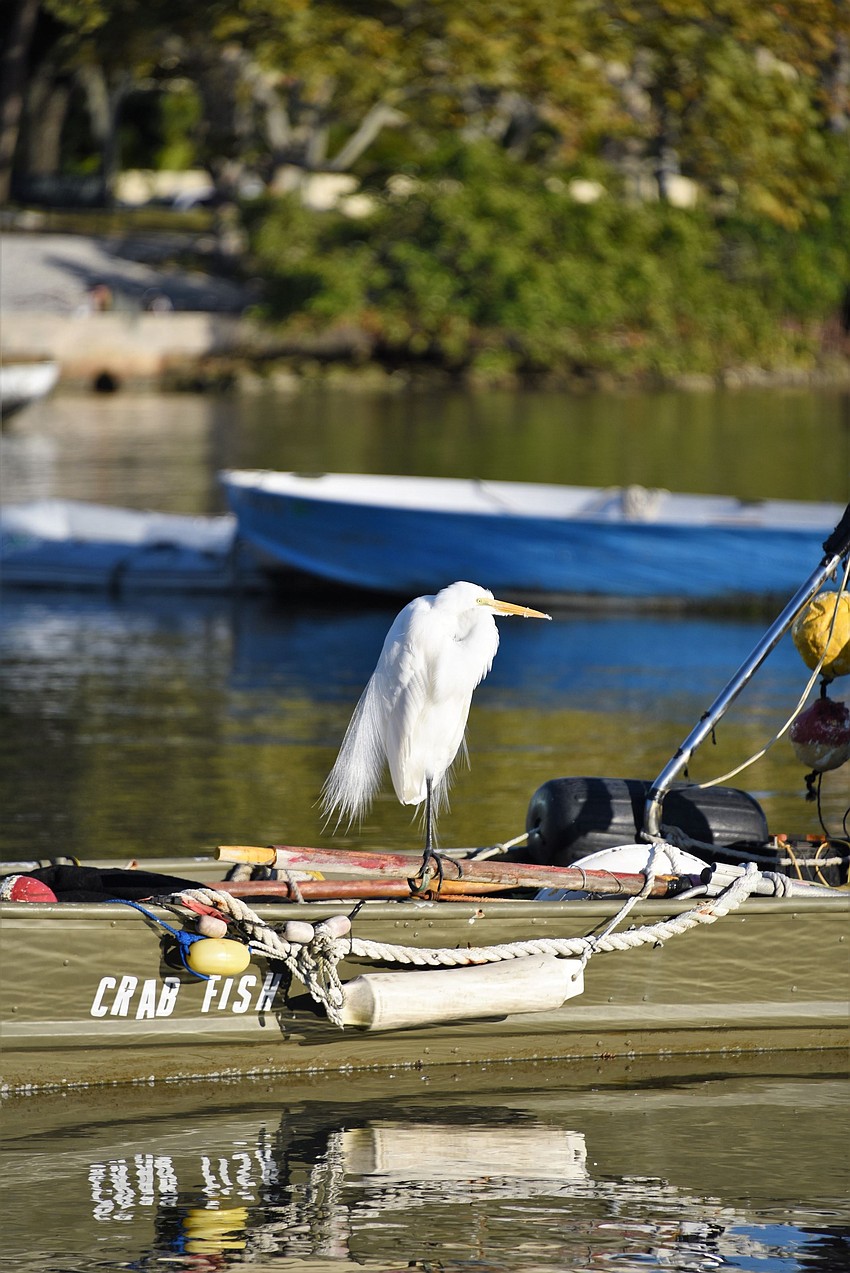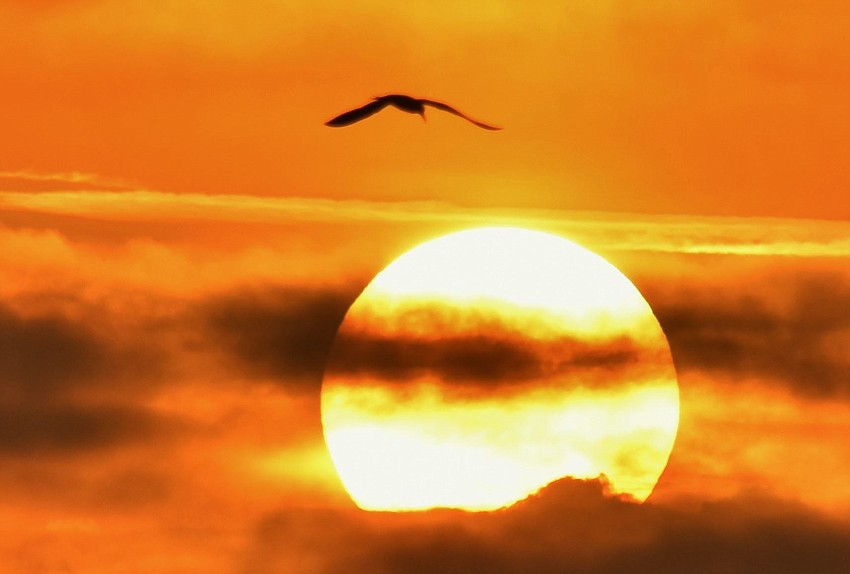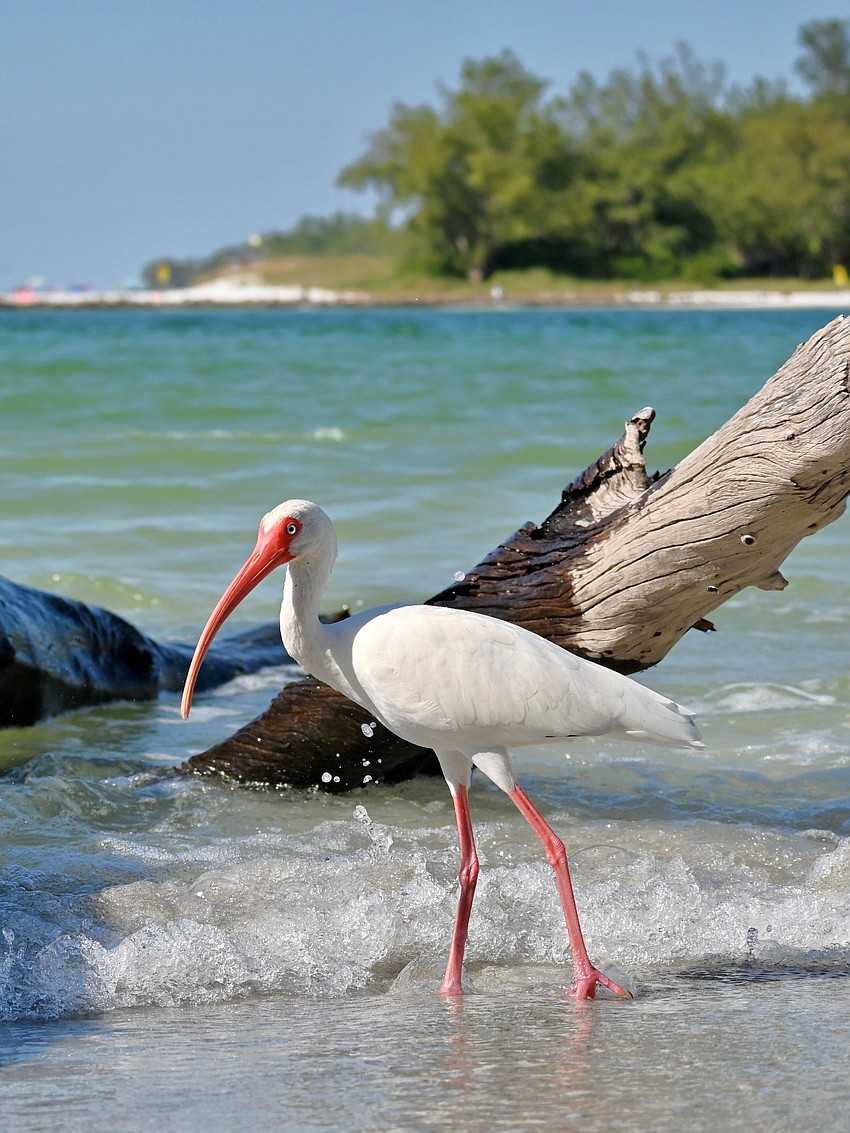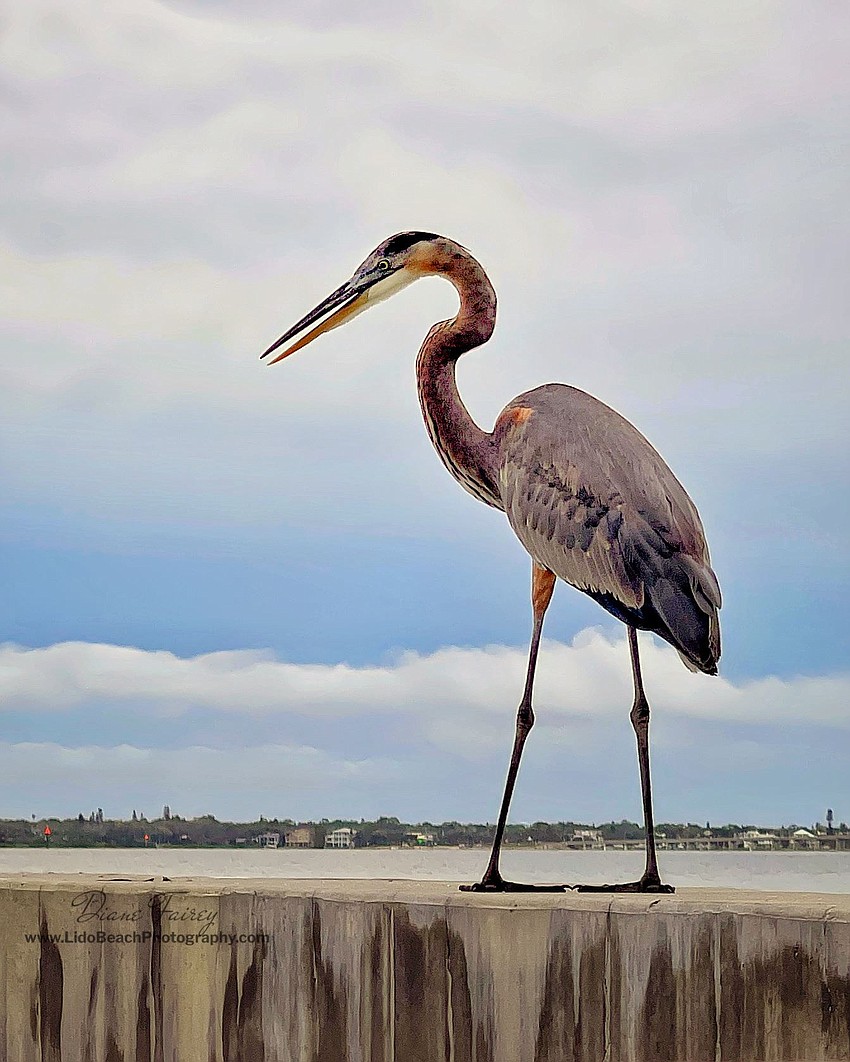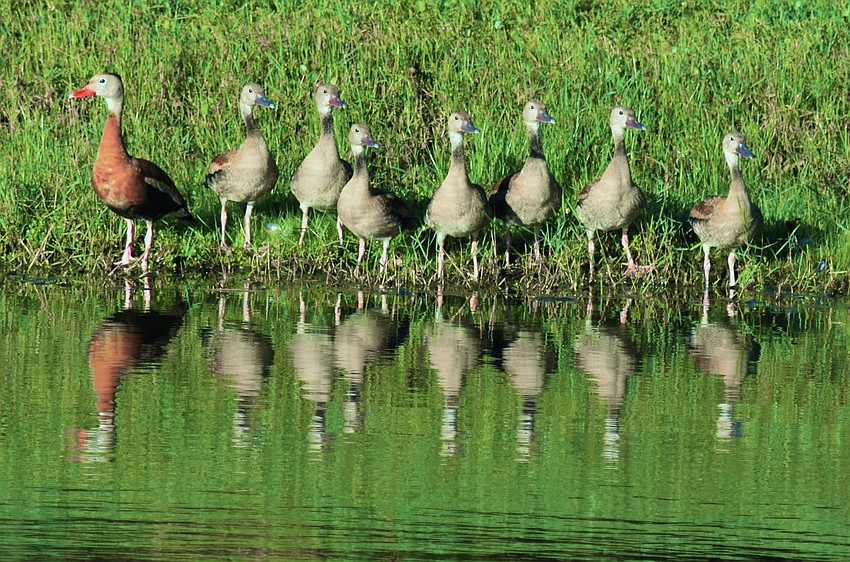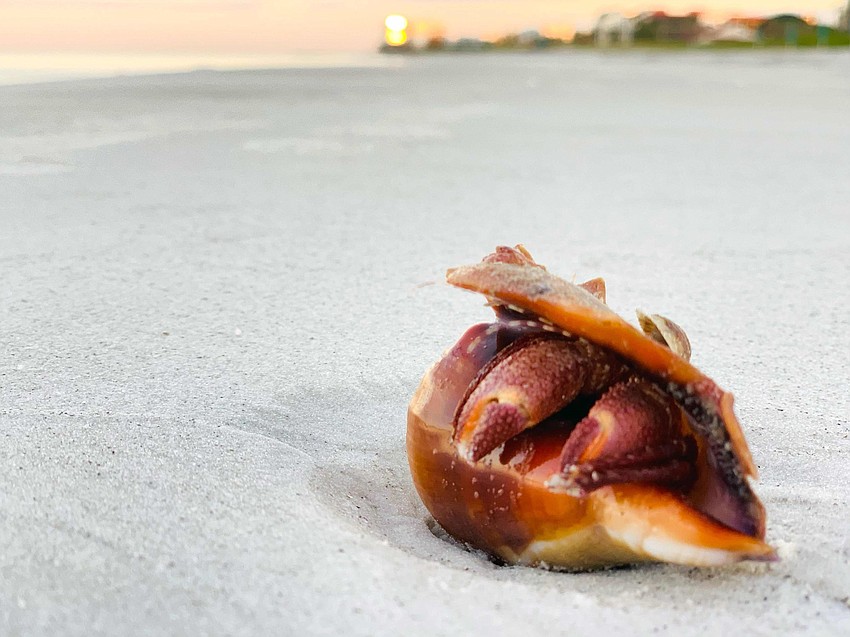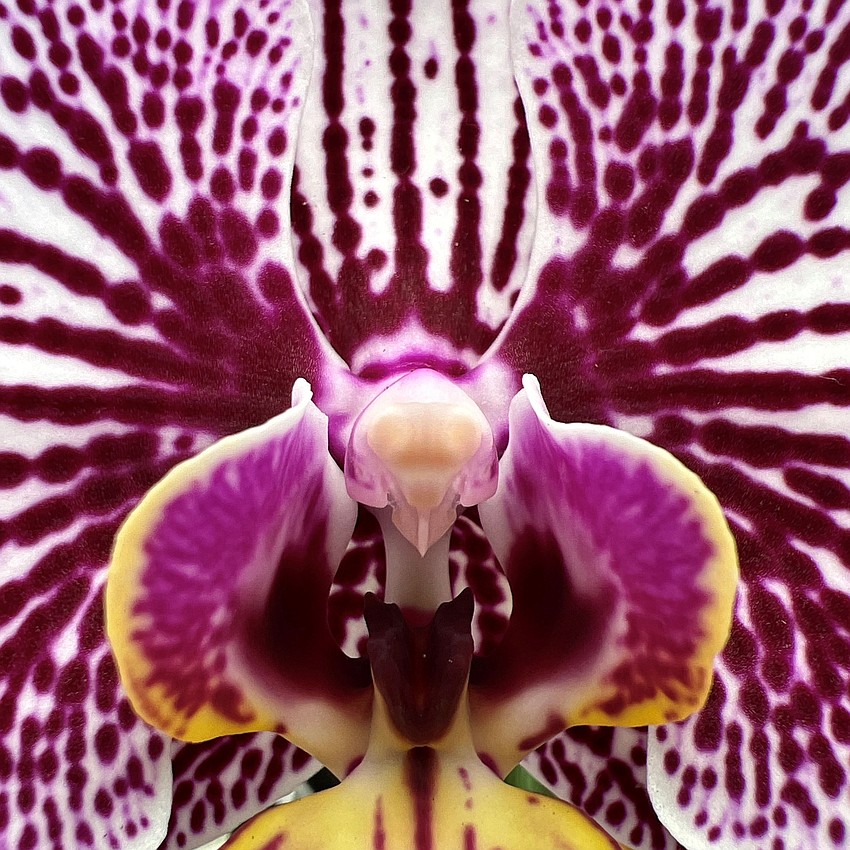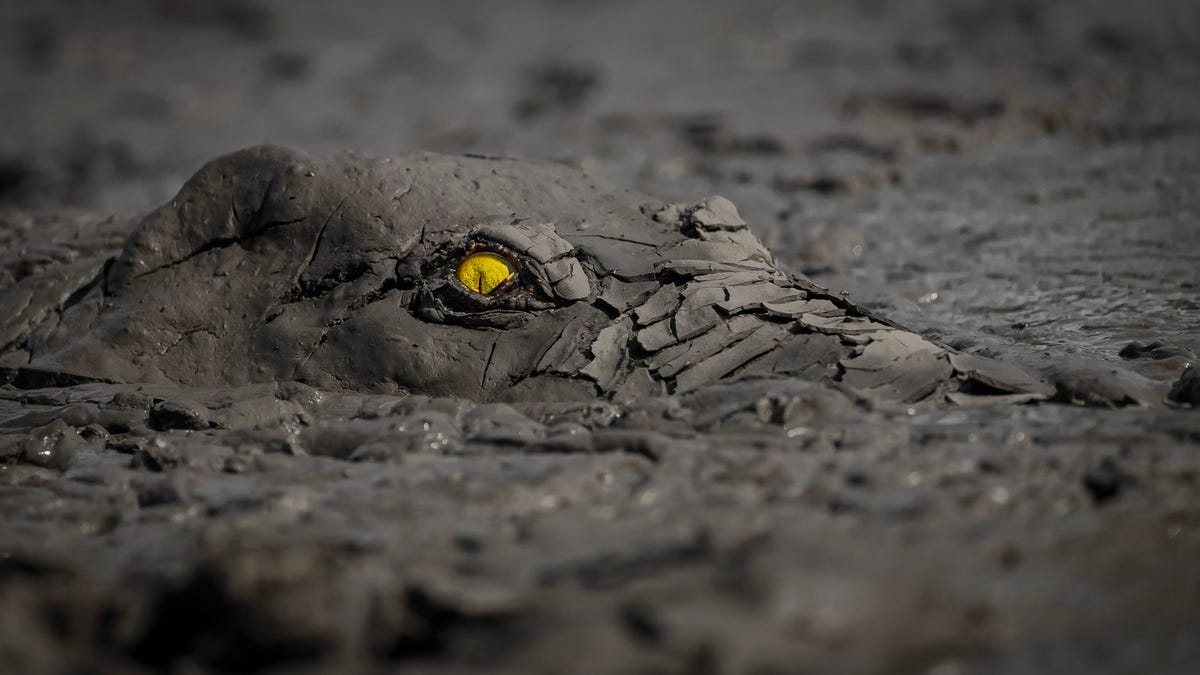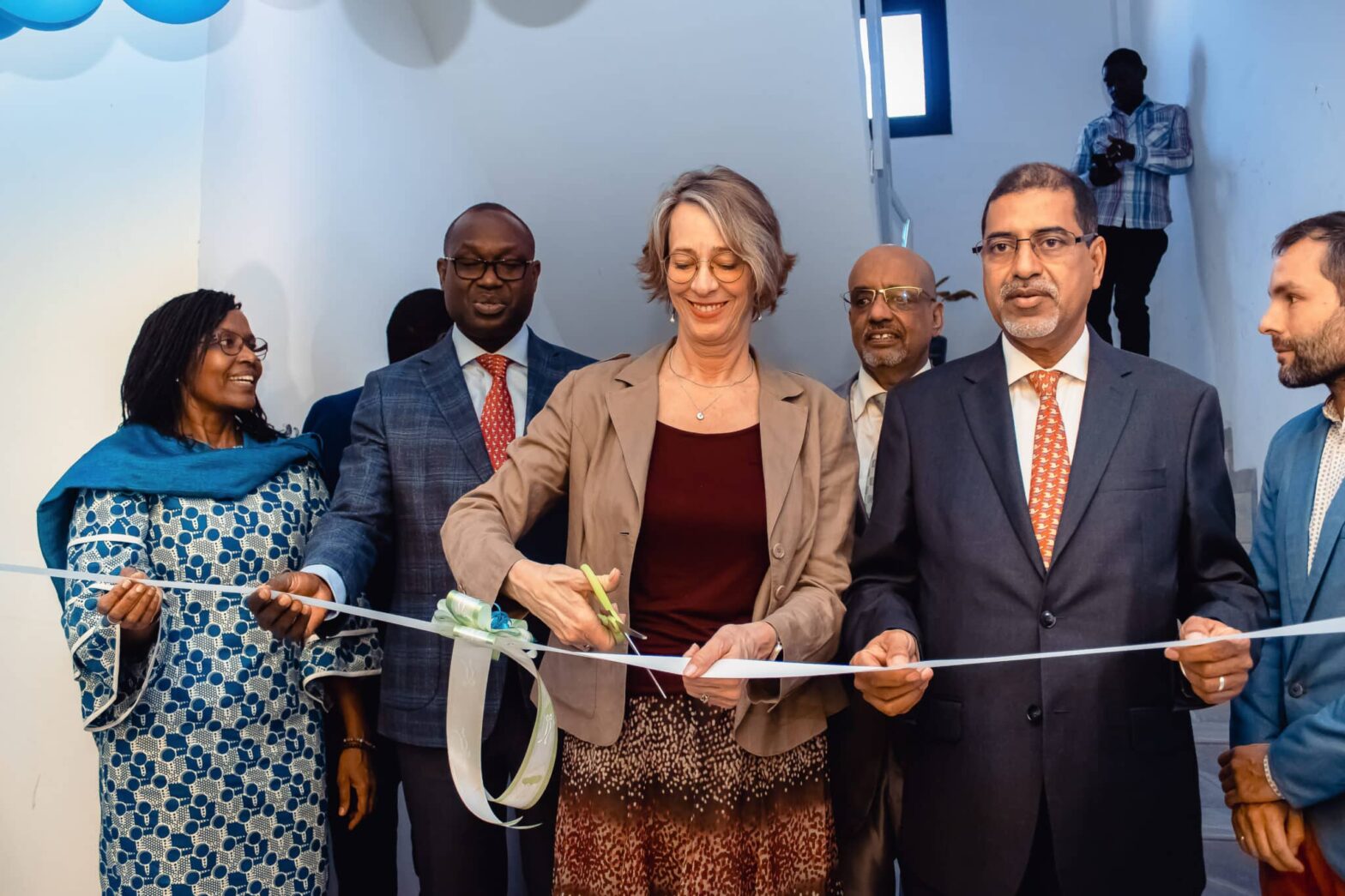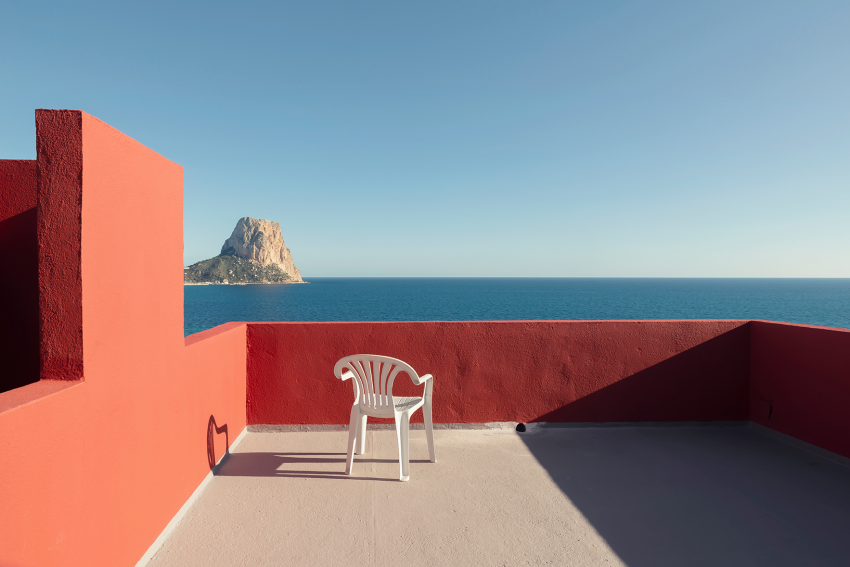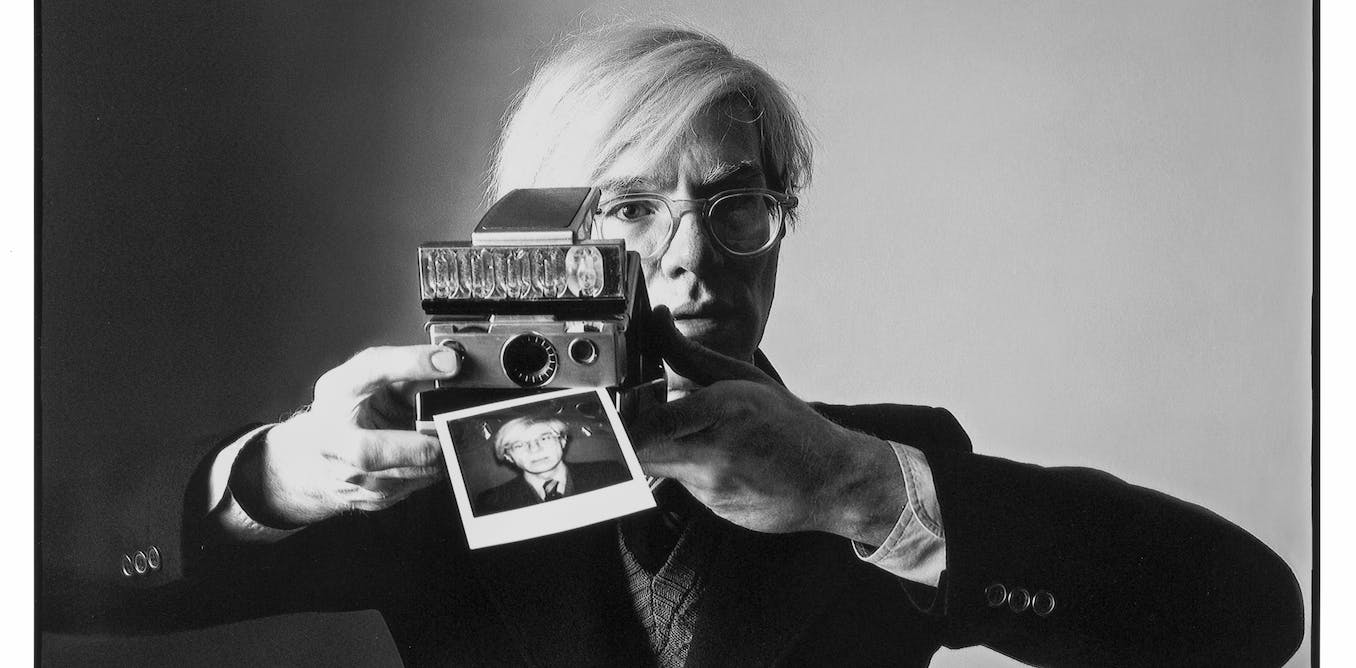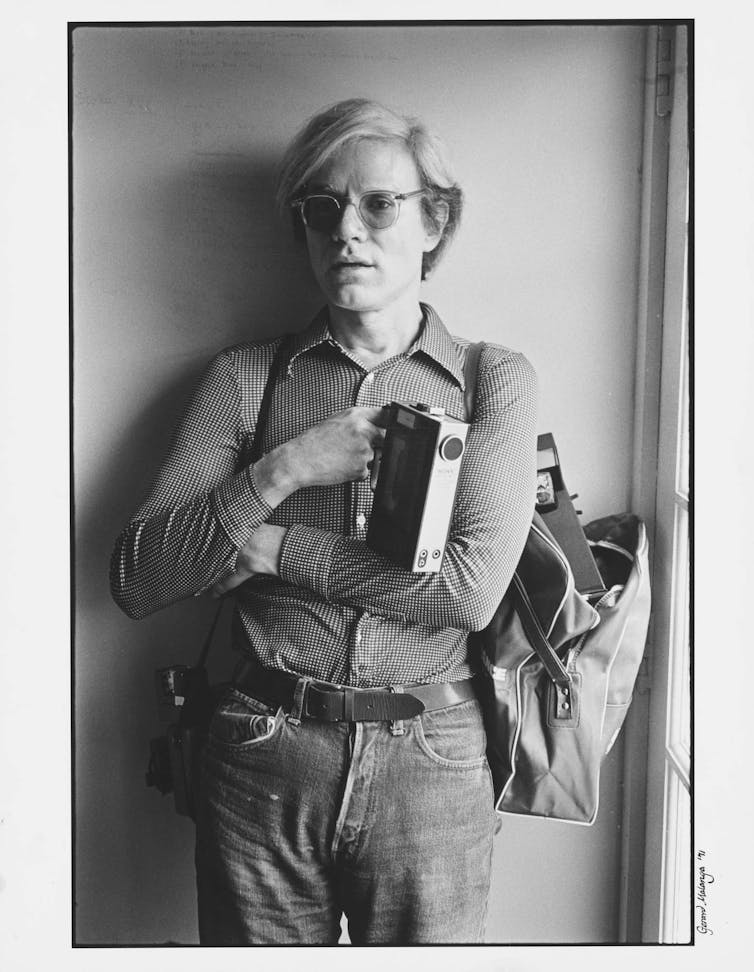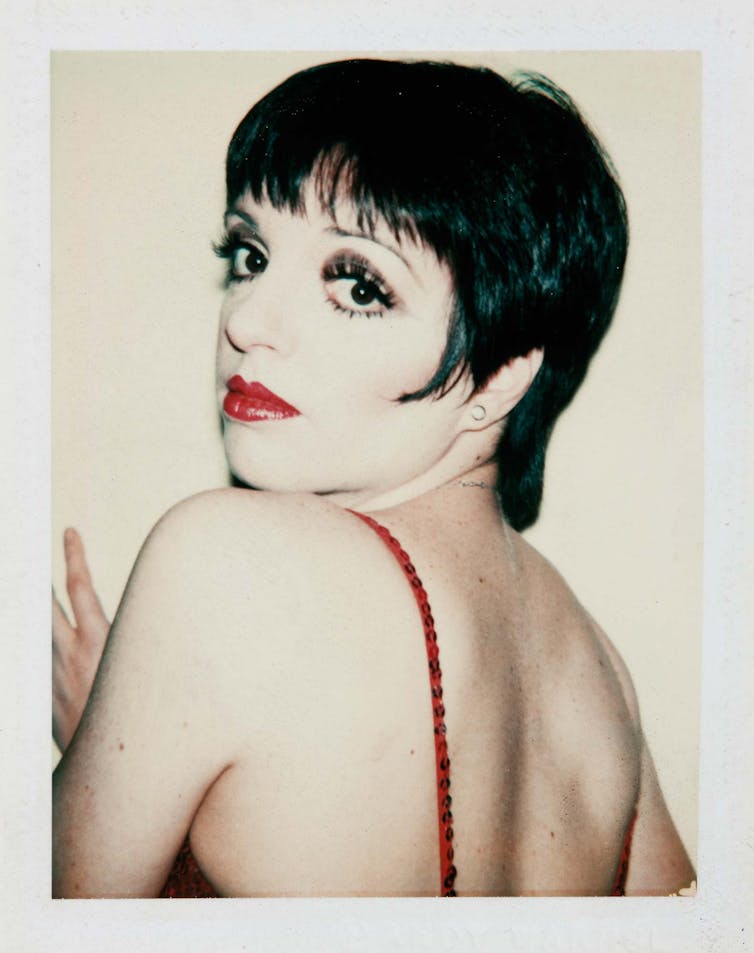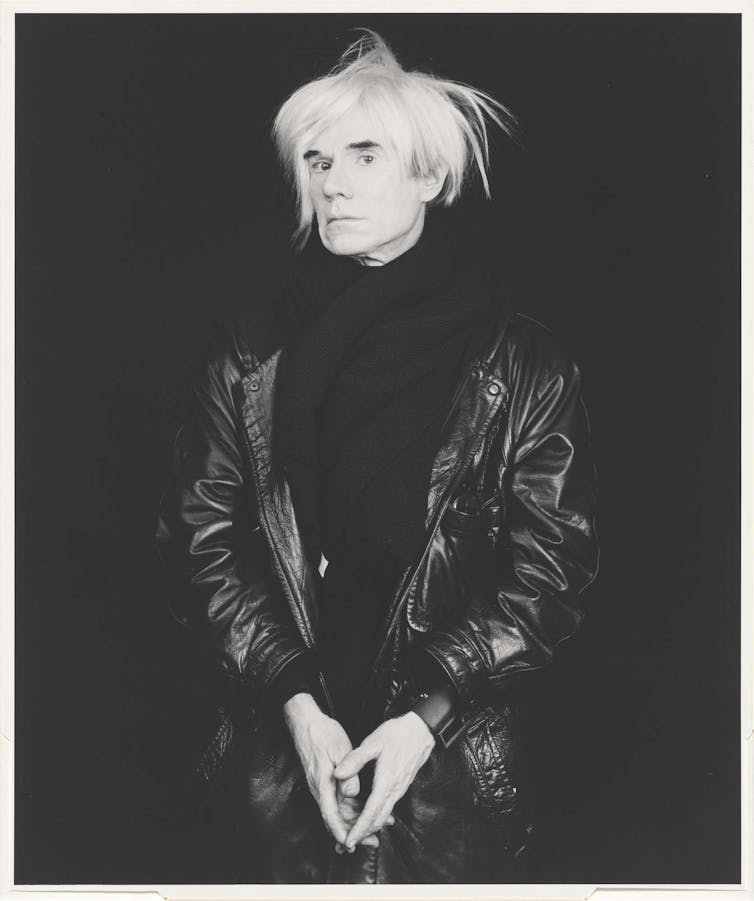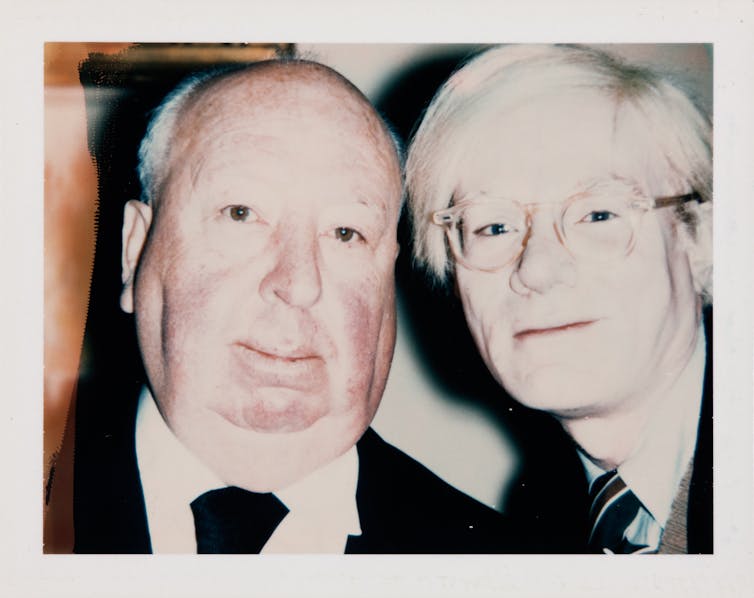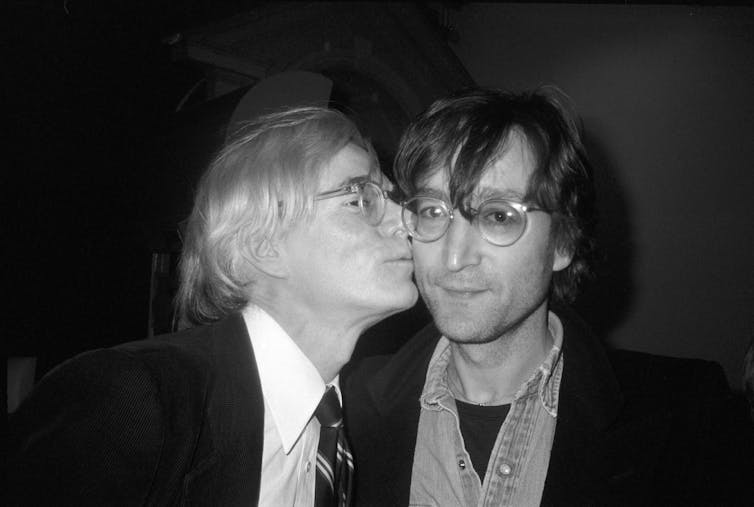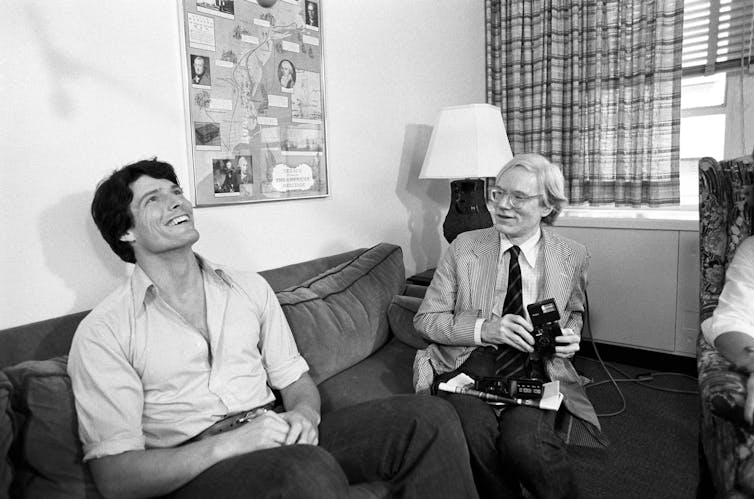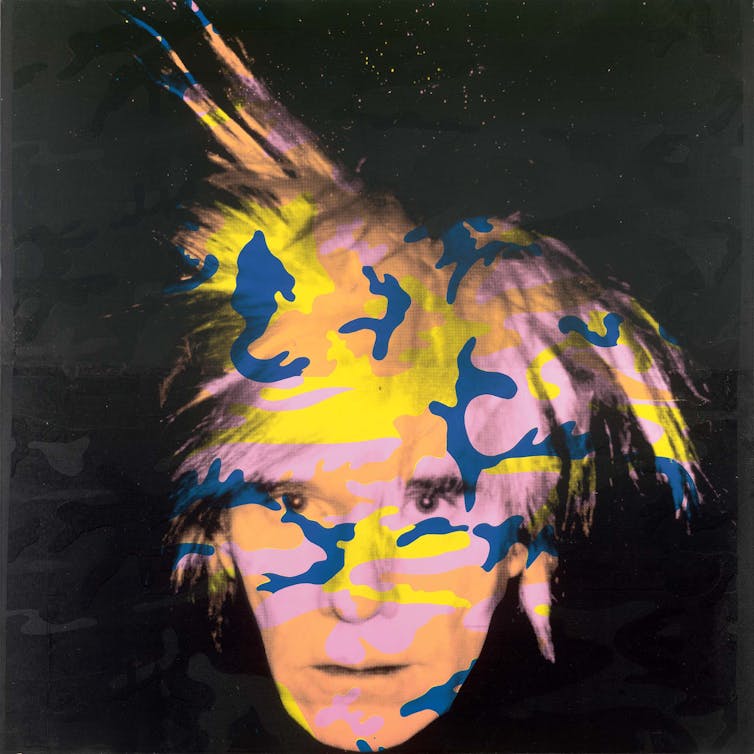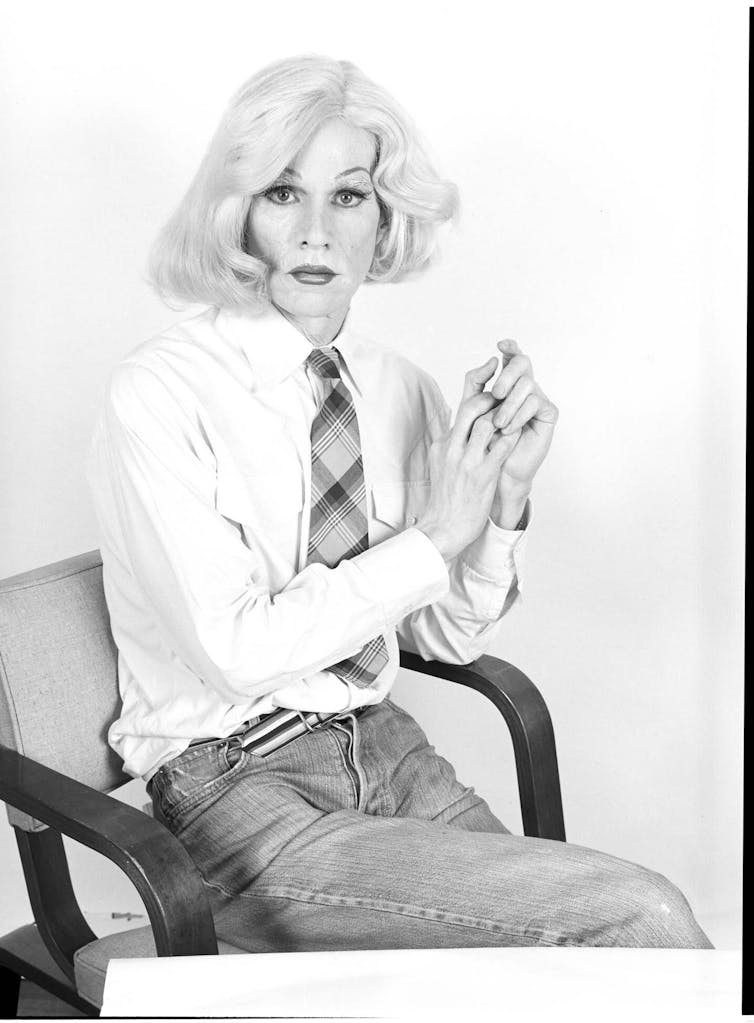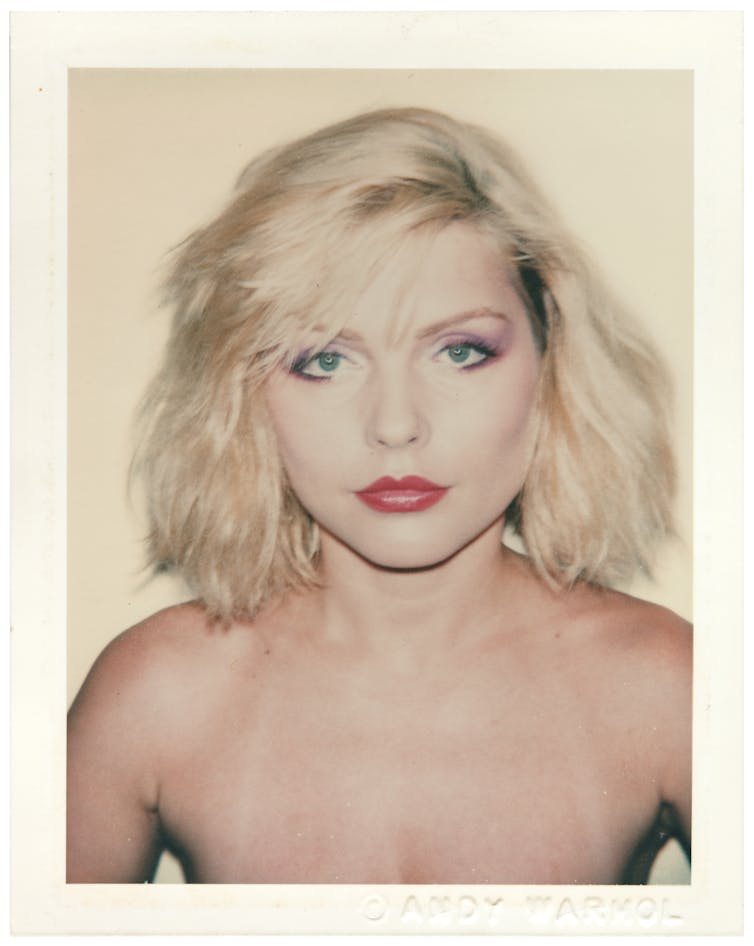[ad_1]
Eye on Nature, RTÉ’s wildlife photography competition, has returned for the third year, giving wildlife photographers across Ireland the opportunity to showcase their immense talent and highlight Ireland’s biodiversity and the beauty of the natural world around us.
Both amateur and professional photographers are welcome to enter photographs of landscapes, flora, and fauna in the competition for a chance to win a cash prize of €1,000.
Director of the National Botanic Gardens of Ireland Dr. Matthew Jebb returns as a judge for the third year. He will be joined on the judging panel by Niall Hatch from Birdwatch Ireland and award-winning nature-photographer Sheena Jolley.
We caught up with Sheena ahead of the competition’s closing date to share some top tips for budding photographers.
“I’ve always been into nature and I’ve always been into art so the combination of the two sits really well,” says the award-winning photographer.
It’s intuition, it’s talent, but above all, it’s luck. It’s RTÉ Eye On Nature, Ireland’s wildlife photography competition.
Follow Mooney Goes Wild on @RTERadio1 for updates.
Presented by RTÉ with @opwireland and @NBGGlasnevinOPW pic.twitter.com/Yvo4g5bAnp— RTÉ (@rte) February 20, 2023
The Wicklow woman studied the artform full time at North Oxfordshire College of Art from 1999-2001, and now uses her work to increase the awareness and appreciation of our natural world.
Her work has been purchased by collectors in Europe and America and has featured many times in a number of National Publications. In 2009 one of her pieces made it to the finals of the Veolia Environment Wildlife photographer of the year competition.
Reflecting on advice she would pass on to amateur photographers, Jolley says that they should start shooting with “whatever camera they’ve got” as the best way to learn is by doing.
“Just get out and do it,” she insists. “You should also learn about your subject, know what you’re photographing, and learn their behaviours – that way you’ll get closer to nature before it takes evasive action.”
“Preparation is key,” she adds. “To know when you’re going, what type of light you might expect, the lenses you may need. If you have an idea of what you’re trying to capture and whether it involves fast movement, you have an idea of how to prepare your camera but also how you can make fast adjustments. You need to know your camera.”
“Time to Duck” – Fine art photograph of Shelduck about to be disturbed by a Grey Heron taken in a quarry lake in Irish Cement in Limerick. Delighted to be exhibiting my wildlife images at the Blue House Gallery in Schull until 20th July #wildlifephotography #irishcement #irishart pic.twitter.com/MNxi7R30rc
— Sheena Jolley (@SheenaJolley) July 15, 2022
When it comes to nature, Jolley says patience is key as she would spend days camping out in order to get her shot. If you’re not quite at that level, though, she insists that you can simply visit your local park on spend time in your garden.
“The key is to be there very early when the weather is good,” she says. “Aim for that golden hour, when the sun is low. It’s dawn and dusk, and you’ll get maybe a more emotional image and nicer detail in the golden light.”
As well as capturing some spectacular images, Jolley says that spending time outdoors and observing the natural world can be a huge personal benefit.
“I love being outside and being in touch with nature. Yes, it’s calming but you’re also thinking of what you’re doing and observing behviour and trying to catch that magic moment.”
The closing date for entries to Eye on Nature is midnight on Wednesday 22 March 2023. Entries can be submitted to www.rte.ie/eyeonnature. Terms and Conditions can be found here.
[ad_2]
